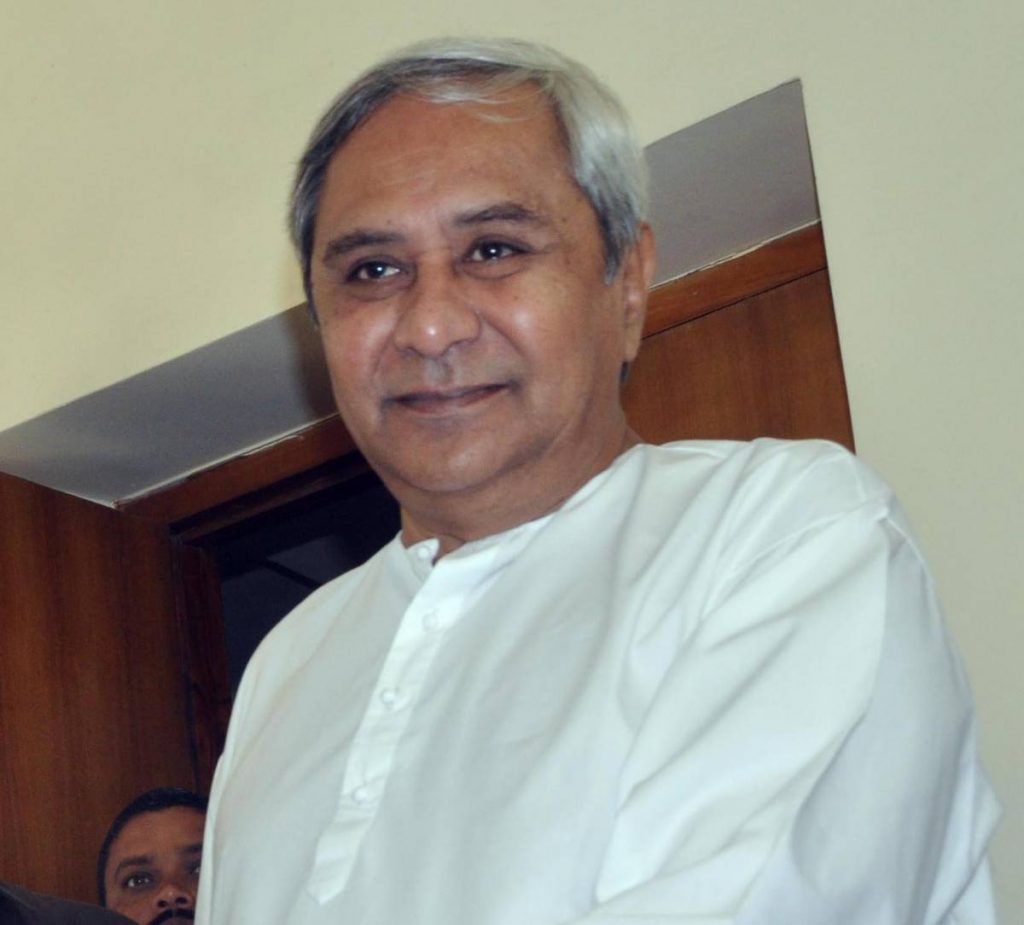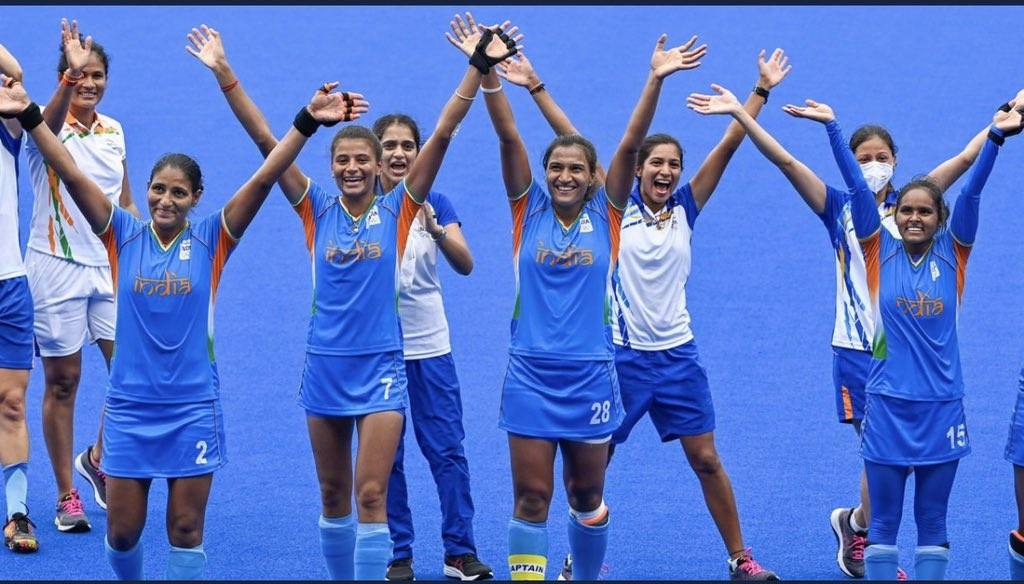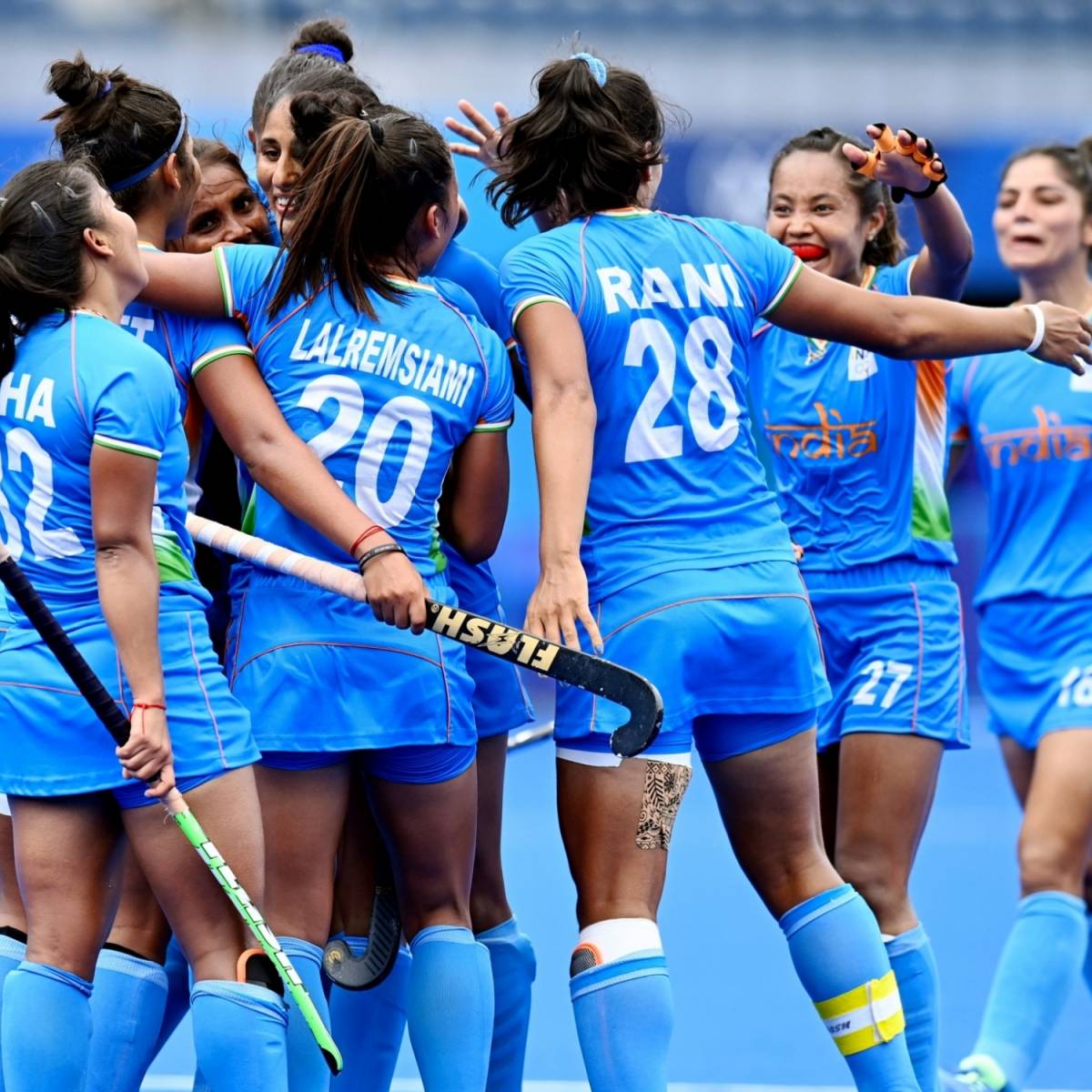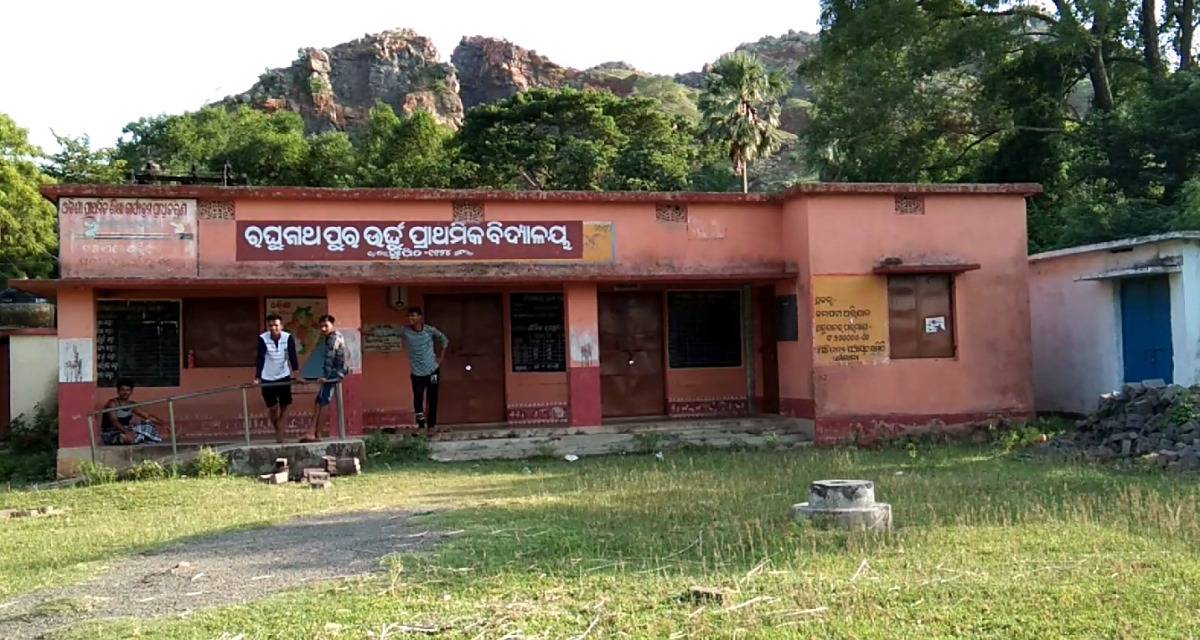Prior to the Tokyo Olympics, Hockey team custodian Sreejesh PR, who hails from Kerala, referred to Odisha as his “second home” and hailed the state government’s contribution towards developing sports in the country…reports Asian Lite News.
India has scripted history already in Olympics. In a first ever, India has both its men’s and women’s team reach the semi-final of Olympics. For the men’s team it’s a feat after 41 long years. Once undisputed world champions, Indian hockey which produced some legends the world still remembers hit a steady decline. But that didn’t mean that fans of the sport and patrons of the game lost interest.
The revival of Hockey in India can be rightfully credited to Government of Odisha-led by Chief Minister Naveen Patnaik. The CM, himself a hockey goal keeper during his school days and an avid sports lover, decided that Odisha would sponsor Indian Hockey.

In 2018, when the official sponsor of the National teams pulled back, Patnaik placed his bets on hockey. Not only did he support Indian Hockey with finance and infrastructure, the basics for the game was developed from the grassroots in the state as well.
For a country which dominated hockey at the international stage, the results of late haven’t shown the expected dominance. Since making its Olympic debut in 1928, India has won a record eight gold medals. The last one came in 1980. However, history was scripted on August 1 and August 2, and it would not be an exaggeration to give some credit for it to Patnaik.
Prior to the Tokyo Olympics, Hockey team custodian Sreejesh PR, who hails from Kerala, referred to Odisha as his “second home” and hailed the state government’s contribution towards developing sports in the country.
“The world today knows Odisha as the hub of sports. It’s a super sports hub. When we train in Odisha, it feels like our second home. Nowadays if you ask kids in Odisha, they don’t want to be IAS officers or get government jobs. All of them want to play sports because they have now seen that you can have good things through sports,” said Sreejesh.
Patnaik believed in the potential of India’s national team players to bring back the lost glory. After the back to back wins, Naveen’s advice to both the team was, “Keep the momentum going and wish the team best of luck.”

Odisha’s tryst with Hockey has been continuing for some decades now. It has sent some of the best players to the national men’s and women’s teams in the last few decades. Sundargarh district has become the cradle of hockey in India today. While becoming the sports capital of the country, Odisha has added the best hockey infrastructure in the state. The Kalinga Stadium in Bhubaneswar is one of the best hockey stadiums in the world. Odisha is also adding another feather to its hockey infrastructure cap in the form of an international hockey stadium in Rourkela. The Birsha Munda stadium, being built with an expenditure of more than Rs 120 crore, will host the 2023 Men’s World Cup. It is a rare fete for a state or country to host two consecutive World Cups. The state government has also set up a high performance centre at the Kalinga Stadium Sports Complex in Bhubaneswar for imparting world-class training to budding hockey players.

In the last few years, Odisha has hosted some of the most important events in international hockey including the Men’s FIH Pro League, Men’s FIH Olympic Qualifiers, Women’s FIH Olympic Qualifiers, Men’s Hockey Series Finals, Men’s Hockey World Cup, Men’s FIH Hockey World League, Hockey Champions Trophy. The successful hosting of the 2018 Hockey Men’s World Cup in Bhubaneswar made it possible for is to bag the prestigious event for the second time.
The state government has been contributing generously for the development of the game by building mini stadiums in each and every corner of the state. The state run sports hostels are churning out the bright players of tomorrow. Patnaik’s eagerness to promote the National Game of the country is clearly visible in his efforts in the last two decades. He has also entrusted the development of the sports infrastructure in the able and experienced hands of officers who are leaving no stone unturned.

One of the biggest achievements and contributions of Odisha to Hockey in the recent times is the Sponsorship of the Indian Hockey Teams. Odisha signed a multi-million dollar deal with Hockey India in 2018 to sponsor the National Men’s and Women’s team for five year till 2023. For this, the Odisha government will spend a whopping Rs 150 Crore. For a country obsessed with cricket, this patronisation came at the right time. It has helped immensely in supporting the game at its difficult times.
According to Chief Minister Naveen Patnaik, “Hockey in Odisha is more than a sport; it’s a way of life, especially in our tribal regions, where children learn to walk with hockey sticks. No wonder, Odisha has produced some of India’s finest hockey players. This is a first where a state government will not just be promoting a sport within its boundaries but will support and nurture the national teams.”
ALSO READ-Hockey should be encouraged more: Akshay Kumar
READ MORE-INDIAN HOCKEY: Two Decades 23 Coaches



